Ultrasound
end to end design execution for a new ultrasound system
work experience
siemens healthineers / nov 2015 to oct 2018
collaborators
siemens healthineers design team
contribution
project management, user research, interaction design, visual design, usability testing
Project Overview
Transforming Complex Medical Devices into Intuitive Tools
Leading the design of next-generation ultrasound systems that achieved 82% user preference and a system usability score of 86—making sophisticated medical technology accessible through thoughtful design.
Role & contributions
Medical imaging represents one of the most complex intersections of technology and human expertise. Ultrasound systems must balance powerful capabilities with usability in high-pressure environments where every moment matters. The ACUSON Sequoia and ACUSON Origin projects presented an opportunity to reimagine how healthcare professionals interact with these essential diagnostic tools.
As part of a focused four-person UX team, I collaborated with Emin Sinani, Xinran Fan, Aishwarya Suresh to address a growing challenge in healthcare: the increasing shortage of specialized sonographers . This staffing reality meant many facilities relied on traveling technicians who needed to quickly adapt to different systems—making intuitive interfaces and standardized interactions essential.
Our opportunity was to reimagine these complex devices as intuitive tools that would feel natural to both experienced users and those new to the platform. Working closely with ultrasound engineers, clinical specialists, and human factors experts, we set out to create interfaces that would reduce cognitive load and help professionals focus on what matters most—their patients.
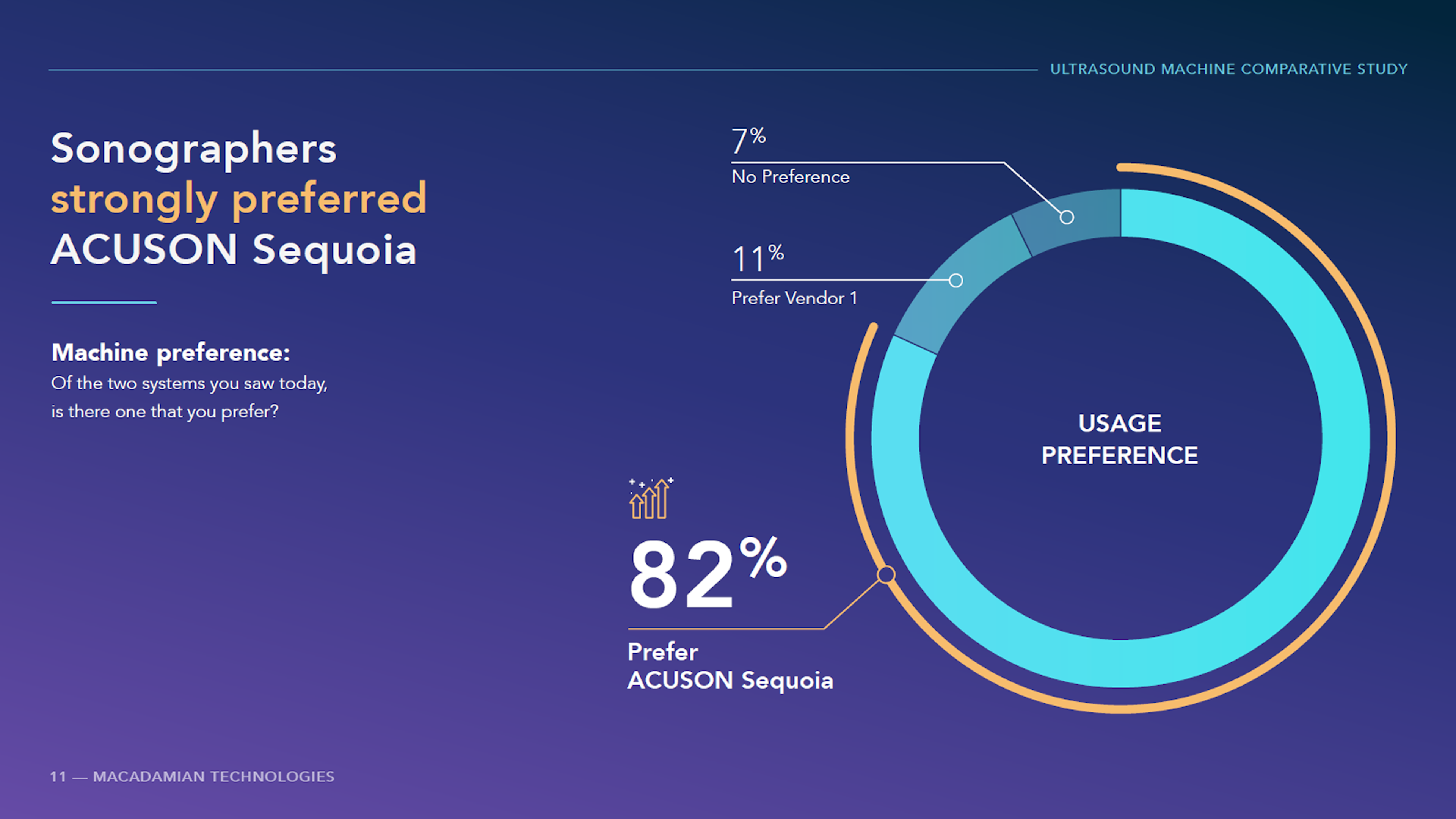
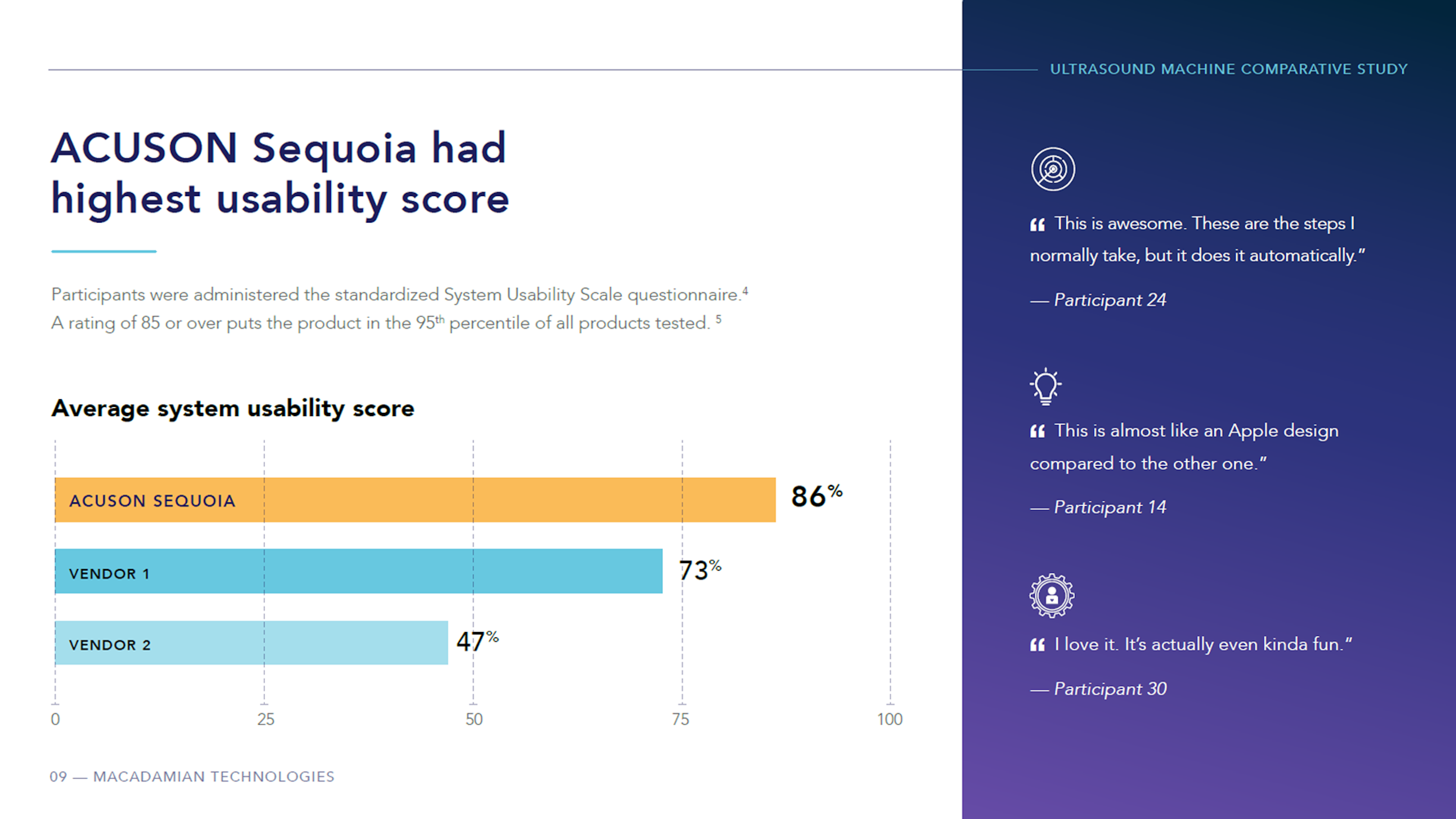
ACUSON Sequoia: Establishing foundations
My journey with the Sequoia platform began during early concept exploration, where we balanced ambitious reinvention with the realities of established clinical workflows. Rather than assuming we knew what users needed, we built functional prototypes in Flash, Processing, and Java to test different interaction models with actual sonographers.
These prototypes explored foundational questions: Could we reduce the complexity of the control panel without sacrificing functionality? Would a trackpad provide better usability than the traditional trackball? How might we reorganize the information architecture to better match users' mental models?
This early exploration phase revealed important insights about how sonographers think about their work and interact with ultrasound systems. By mapping the existing system controls, modes, and categories, I created a framework that would guide the reorganization of features into more intuitive groupings—making the system feel like a natural extension of the user's intent rather than a complex machine.
The iterative prototyping and testing approach continued throughout development, allowing us to refine the interface based on continuous user feedback. The result was a system that felt both familiar and improved—maintaining critical workflows while reducing unnecessary complexity.
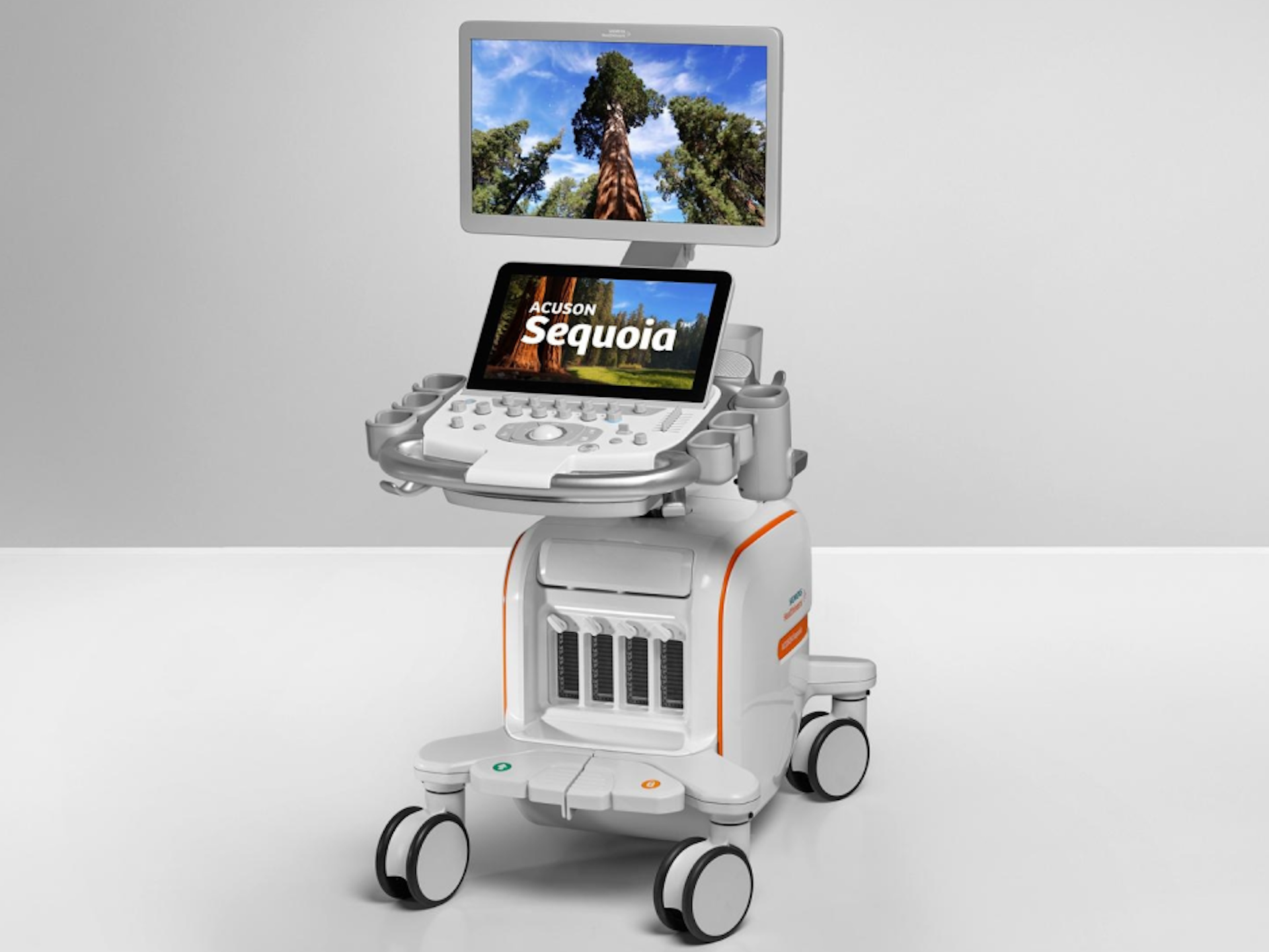
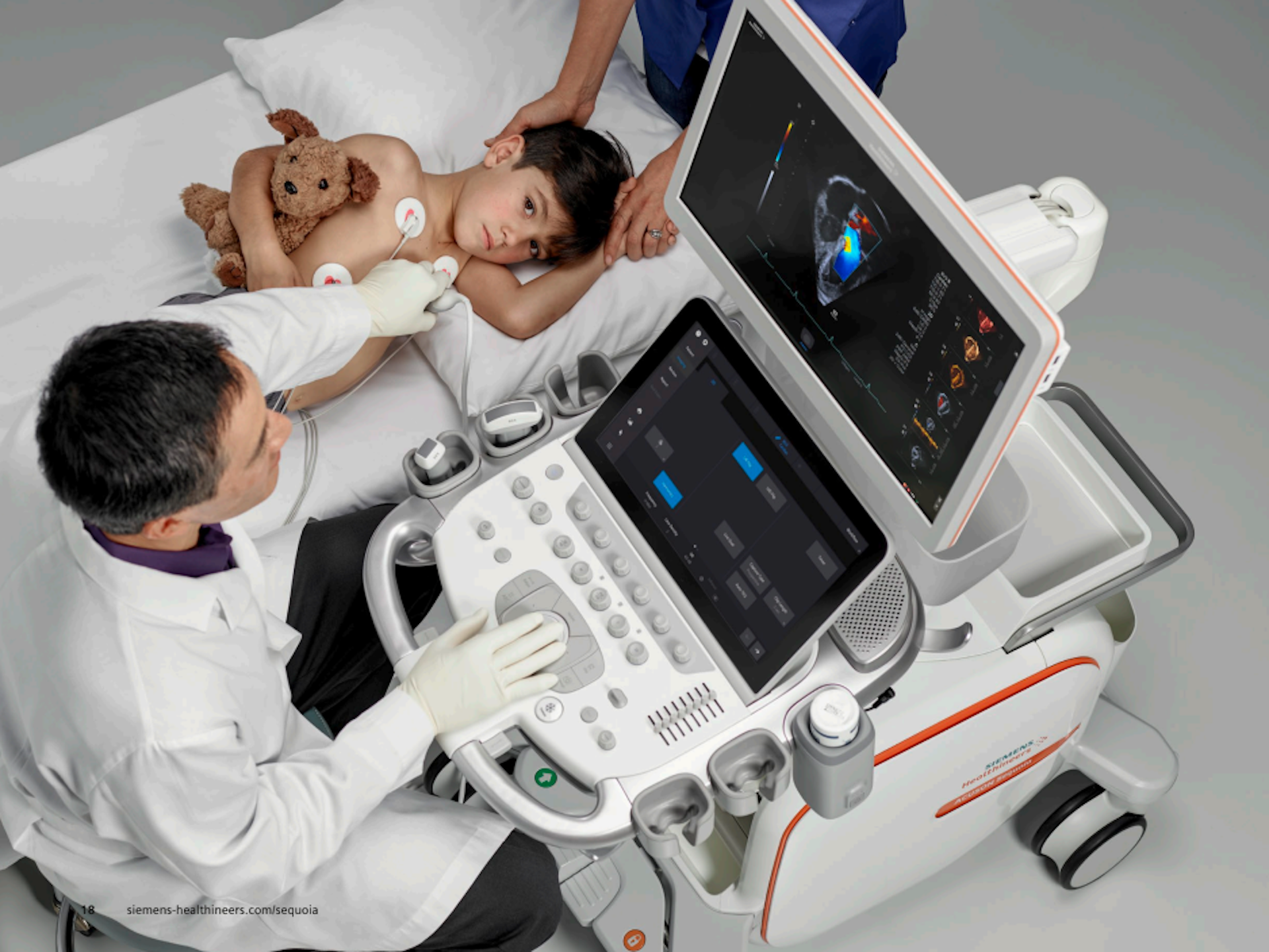
Medical devices serve as critical decision-making tools in healthcare environments. The challenge lies in designing interfaces that become intuitive enough to recede into the background, allowing healthcare providers to maintain their focus where it matters most: on patient care.
ACUSON Origin: Leading through research
As project lead for the ACUSON Origin alongside Aishwarya Suresh, I faced the challenge of creating a specialized cardiology ultrasound system that would integrate seamlessly into established clinical workflows while introducing meaningful improvements. This required deep immersion in the world of cardiac imaging—a domain with its own language, procedures, and expectations.
To build this understanding, I designed and led comprehensive research across three countries, gathering insights from over 40 cardiologists and sonographers. These studies went beyond superficial preference testing, using methods like contextual inquiry, workflow analysis, and controlled experiments to reveal the nuances of how cardiac imaging professionals work.
A pivotal moment came when our research revealed a significant usability issue with the proposed trackpad input device. By designing a controlled study based on Fitts' Law principles, we collected objective data showing that the traditional trackball provided significantly better precision for critical measurement tasks. This evidence-based approach led to a fundamental design decision that ultimately affected the entire platform.
The development process continued through iterative definition of the control panel, touchscreen interface, and monitor UI. I facilitated cross-functional workshops that brought together clinical, engineering, and design perspectives—creating alignment around a shared vision for the product and the overall Sequioa platform. This collaborative approach ensured that the final system not only worked effectively but genuinely enhanced the workflow of cardiac imaging professionals.
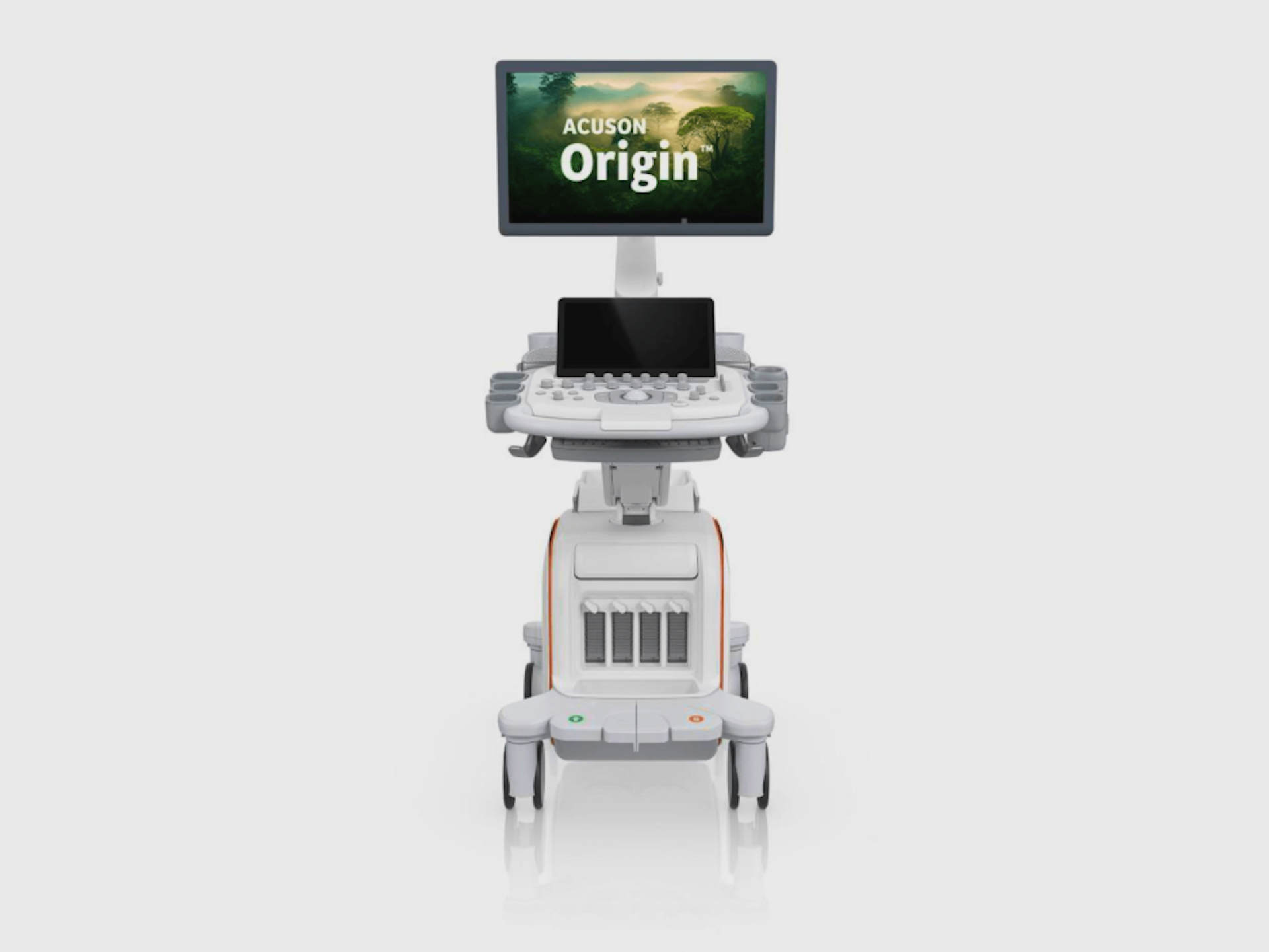
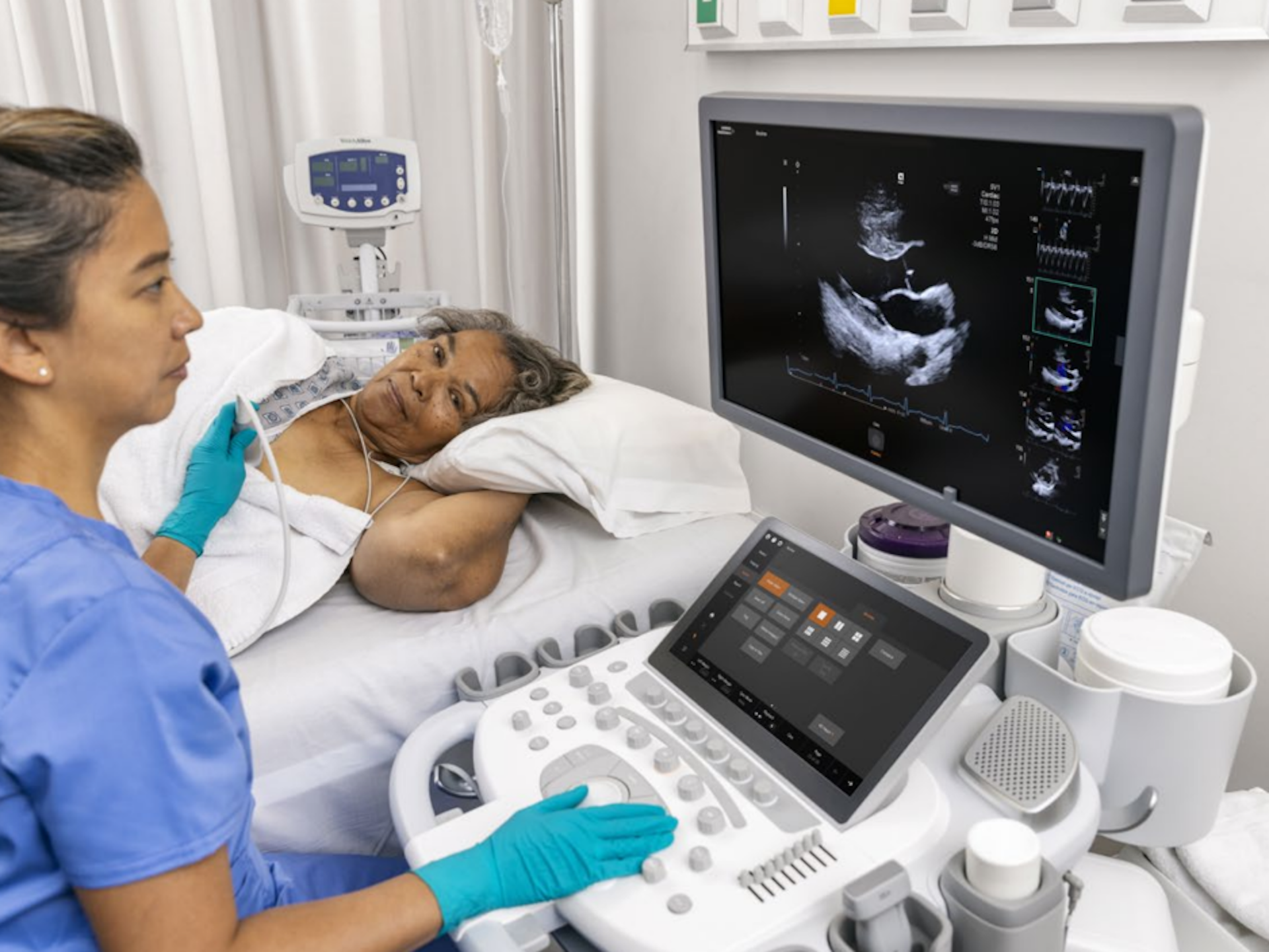
Results & impact
The true measure of our work came when independent evaluations showed that 82% of study participants preferred the ACUSON systems over competing devices. The Sequoia achieved an exceptional System Usability Score of 86—well above industry standards—and earned the Red Dot Design Award for excellence in Industrial Design.
Beyond the metrics, seeing healthcare professionals interact with these systems revealed the real impact of our work. Tasks that once required navigating complex menus became intuitive. Features that had been hidden became discoverable. Most importantly, the technology receded into the background, allowing clinicians to focus on what truly matters—providing excellent patient care.
Effective design becomes nearly invisible when done well—reducing complexity without calling attention to itself. The most meaningful validation came from observing sonographers confidently navigate our systems without needing instruction, seamlessly integrating the technology into their clinical workflows.
Protected Content
Case Study
To view, please enter the password.
connect
built with/colophon

